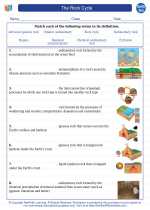Thermometer
A thermometer is a device used to measure temperature. It consists of a narrow, sealed glass tube marked with a scale and contains a liquid (usually mercury or colored alcohol) that expands and contracts with temperature changes.
Types of Thermometers
- Mercury Thermometer: Uses mercury as the liquid and has been widely used for its accuracy, but is being phased out due to its toxicity.
- Digital Thermometer: Uses electronic sensors to measure temperature and displays the reading digitally.
- Infrared Thermometer: Measures temperature from a distance using infrared technology, commonly used in medical and industrial applications.
- Thermocouple Thermometer: Uses two different metals to produce a small voltage related to the temperature difference, commonly used in industrial settings.
How Thermometers Work
When the temperature increases, the liquid inside the thermometer expands and rises up the tube, indicating a higher temperature. When the temperature decreases, the liquid contracts and the level in the tube lowers, indicating a lower temperature.
Temperature Scales
There are different temperature scales used around the world, with the most common being Celsius, Fahrenheit, and Kelvin.
Celsius (°C)
The Celsius scale is based on the freezing and boiling points of water, where 0°C is the freezing point and 100°C is the boiling point at sea level.
Fahrenheit (°F)
The Fahrenheit scale is commonly used in the United States and is based on a scale where 32°F is the freezing point and 212°F is the boiling point of water at sea level.
Kelvin (K)
The Kelvin scale is the primary unit of temperature measurement in the physical sciences, where 0K is absolute zero, the lowest possible temperature.
Using a Thermometer
To use a thermometer, it should be placed in the area or substance whose temperature is to be measured. The thermometer should be left in place until the temperature reading stabilizes, and then the measurement can be recorded.
Study Tips
- Understand the principles of thermal expansion and contraction that allow a thermometer to measure temperature.
- Learn the differences between the various types of thermometers and their applications.
- Practice converting temperature readings between Celsius, Fahrenheit, and Kelvin scales.
- Understand the significance of temperature measurement in various fields, such as medicine, weather forecasting, and industrial processes.
[Thermometer] Related Worksheets and Study Guides:
.◂Earth Science Worksheets and Study Guides High School. The Rock Cycle
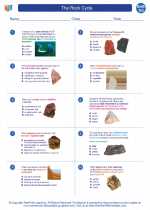
 Worksheet/Answer key
Worksheet/Answer key
 Worksheet/Answer key
Worksheet/Answer key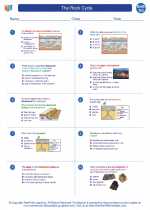
 Worksheet/Answer key
Worksheet/Answer key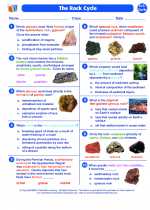
 Vocabulary/Answer key
Vocabulary/Answer key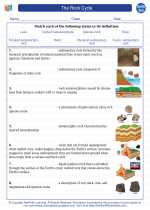
 Vocabulary/Answer key
Vocabulary/Answer key
 Vocabulary/Answer key
Vocabulary/Answer key